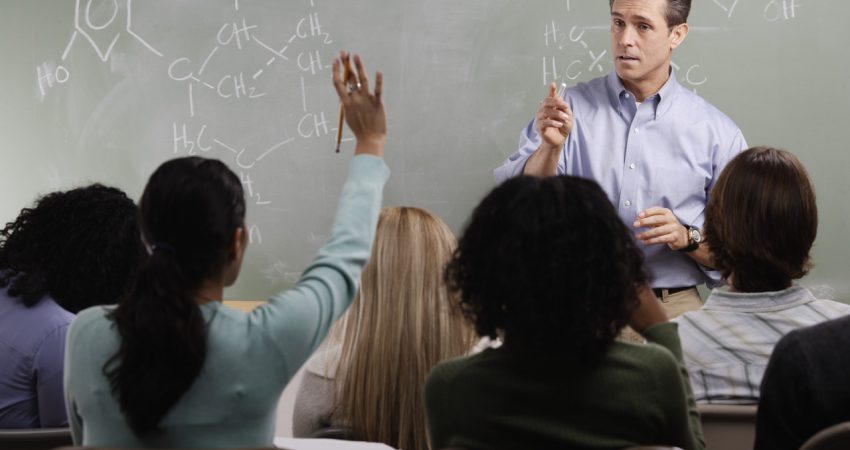
By Suzanne Perin - October 2011
PAPER CITATION
Howes, E. V., Lim, M., & Campos, J. (2009). Journeys into inquiry-based elementary science: Literacy practices, questioning, and empirical study. Science Education, 93(2), 189–217.
Combining science and literacy is becoming a common teaching strategy, which builds on the importance of professional scientists’ use of reading, writing, and speaking in their work. This paper consists of descriptions of efforts of three elementary teachers to teach literacy through science. The authors’ purpose was to theorize how and why to integrate literacy practices with scientific inquiry, to provide examples for educators, and to provide considerations for implementation.
The authors begin by describing their rationale for integrating literacy with elementary science. Key skills for teaching science inquiry, they argue, include encouraging questions from children, aiding them in learning to generate data, and helping them to utilize evidence from the real world to address these questions (p. 191). The authors contend that combining literacy and science inquiry is important not only just to secure time for learning science, but also to achieve mutual learning benefits in both areas: science instruction can engage and motivate students in literacy, and literacy can go beyond the basics of reading and writing to develop more complex critical thinking skills and academic language that are important in science. The authors also argue that by linking literacy and science, English language learners can participate in challenging content even if they are not yet proficient in English.
The examples the authors include come from grades 1, 4, and kindergarten in an urban, east coast U.S. school with a majority of Latino and African- American students. Spanish was the primary language for the majority of those students, although English was the primary language of instruction.
Each teacher’s approach was slightly different and briefly described in the paper. Ms. Woolf, the 1st grade teacher, utilized non-fiction texts in book and online format as her students investigated animals. The authors caution that this approach is productive for finding out about other students’ ideas, but should not be the only method of instruction. Mr. Lintz’s approach for his 4th grade class centered on talk and helping his students become better problem solvers. He supported students in developing two strategies: to solve problems (in creating an electric circuit, for example) and talking about the reasoning for their choices in meeting the challenge. Reading and writing were a part of lessons, but his emphasis was on classroom discussion, which helped him to assess individually students’ strengths and weaknesses. Ms. Newton combined students’ questions and empirical study with a variety of literacy approaches. The kindergarteners’ activities included reading science books (with lots of pictures), observing and interacting with animals living in their combination aquarium/terrarium, and trips outside the classroom to parks and pet stores.
The authors conclude that to best integrate science inquiry and reading practices, “It is best to keep the focus on the scientific inquiry and place literacy practices within that inquiry.” The authors fear that if literacy becomes the main objective, rather than contributing to a process of inquiry, then the whole objective of imparting science education becomes unnecessarily restricted.




